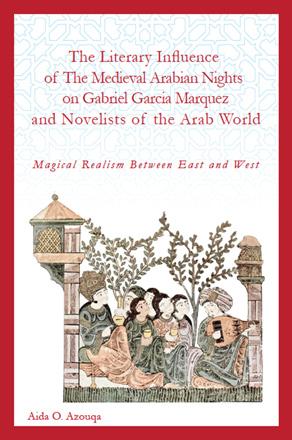You are here
Fiction writing as an interactive pursuit
By Sally Bland - Dec 04,2016 - Last updated at Dec 04,2016

Committed to Disillusion: Activist Writers in Egypt from the 1950s to the 1980s
David F. Dimeo
Cairo-New York: The American University in Cairo Press, 2016
Pp. 236
In “Committed to Disillusion”, David Dimeo focuses on select works of Naguib Mahfouz, Yusuf Idris and Sonallah Ibrahim — all three writers who espoused committed literature (al adab al multazim), as opposed to pursuing art for art’s sake. As such, they operated within the paradigm of a three-sided relationship between the political authority, the mass public and the author. Since their fiction can only be analysed in the context of prevailing political and social conditions, the book also partially chronicles Egypt’s sociocultural history from the 1930s until today.
The big question for committed or activist writers is whether they can make a difference in the struggle for social and political justice. In the late 1940s, this became the major issue for Egyptian writers, and most joined the movement for committed literature, though they practised it in a variety of ways. Dimeo adds a comparative and international dimension to his study by not only comparing the three writers to each other, but by comparing them with committed writers elsewhere. He devotes a chapter to the influence of Soviet literature, Sartre’s call to engagement, and the Brecht-Lukacs debate, showing how Egyptian writers followed the literary scene abroad and debated many of the issues involved, but on their own terms. All concurred that they wanted to avoid the strict Soviet control of writers, but many were influenced by the ideas of Sartre, Lukacs and Brecht.
The 1952 revolution was initially welcomed by Egypt’s committed writers, but by the 1960s, they found themselves at odds with Nasser’s regime due to its repression and failure to deliver on promises of social justice. Dimeo chose the writers to include not only for their literary status, but also because they represent three successive generations: “Mahfouz had established himself as a master of multazim fiction in the period before the overthrow of the monarchial regime, and Idris launched his career as a committed writer along with the promising revolution, but Ibrahim was a child of the revolution, taking up fiction writing well into the period of disillusion that the other two experienced during the 1960s.” (pp. 155-6)
Dimeo, a professor at Western Kentucky University, is a masterful literary critic. Based on detailed examination of scores of the three writers’ works, he shows how their shifts in subject matter and style mirror their reaction to the changing world around them. Starting in the 1960s, disillusionment with the regime, a public seemingly more concerned about consumer goods than the values for which they had struggled, and their own failure to have an impact, caused writers to switch from realism to surrealism and impressionism.
Mahfouz stopped writing altogether for seven years, only to reemerge with a new style totally divergent from his earlier realism that had unmasked injustice through deft storytelling as in “The Cairo Trilogy”, “Midaq Alley” and “The Beginning and the End”.
“Instead of an objective, systematic view of society, Mahfouz offers a polyphony of worldviews in conflict, paradigms for understanding society that inherently disagree, and which the narrator does not attempt to reconcile.” (p. 84)
Idris, who eschewed Mahfouz’s panoramic novelistic style in favour of the shock effect of short stories, began by unmasking social injustice via issues related to his profession of medicine (lack of birth control, poor hygiene and mental healthcare, and inadequate rural medical facilities). He clung to realism a bit longer but cloaked his critique of the state in allegory, only to later adopt a modernist experimental style removed from concrete Egyptian reality. “Yet underneath the alienation and absurdity that marked these works, a continued concern for the artist, the public, and the political power as well as the possibility of communication for social change shaped Idris’ later works”. (p. 126)
This then is Dimeo’s main point: Committed literature remained alive in spirit if not in word. “From the analysis of texts of the most profound authorial disillusion… we have seen not an escape to the author-as-observer paradigm but rather a continuous reinterpretation and renegotiating of the activist author’s role.” (p. 190)
This reading enables Dimeo to carry his analysis up to the 2011 revolution, wherein writers were influential voices. Interestingly, Alaa Al Aswany, who became a virtual spokesman for the uprising in the West, rose to fame with “The Yacoubian Building” which is much closer in content and style to Mahfouz’s committed realism than to the later disillusioned literature. Though in the aftermath activist writers proved unable to connect with the majority of Egyptians despite the possibilities offered by new digital media, Dimeo is still able to conclude that they “will continue to offer lessons for future generations”. (p. 206)
Related Articles
The Palestinian Novel: From 1948 to the PresentBashir Abu-MannehUK: Cambridge University Press, 2018Pp.
The Literary Influence of the Mediaeval Arabian Nights on Gabriel Garcia Marquez and Novelists of the Arab WorldAida O.
AMMAN — Feminist literature tends to provoke both male and female Arab readers as it aims to shake the status quo, novelists and literary ex


















